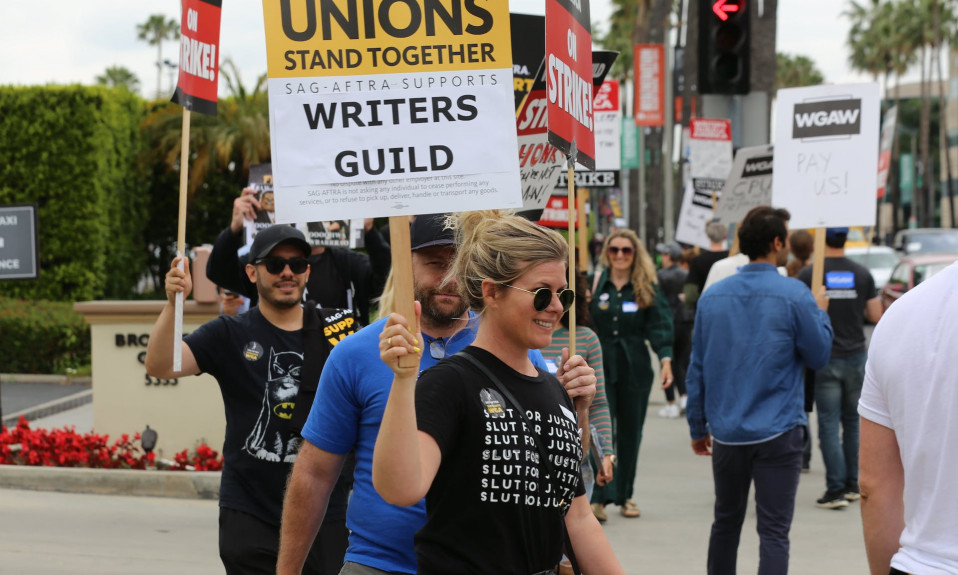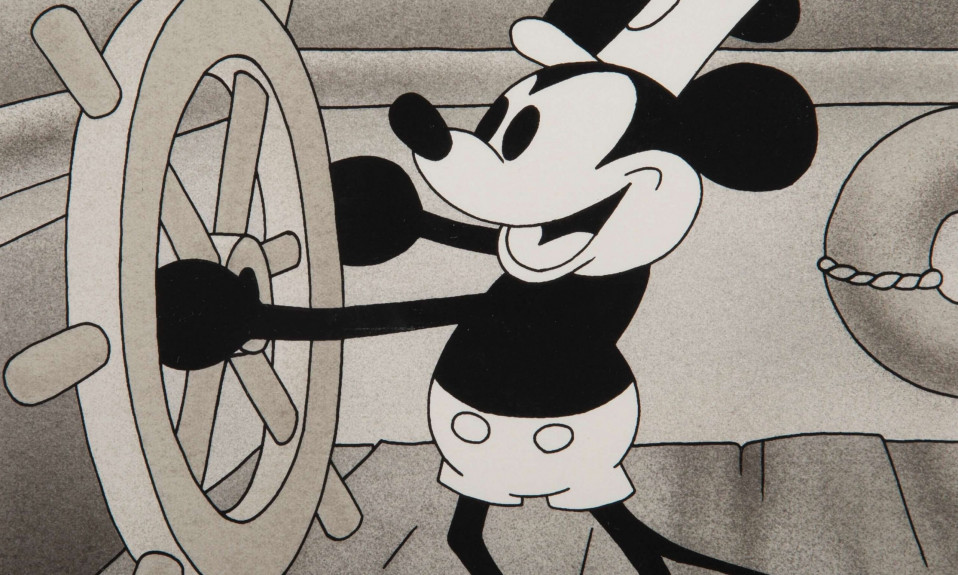After 148 days of picketing, protesting, and sensitising the masses, the Writers’ Guild of America (WGA) finally ended their labour strike against the Alliance of Motion Pictures and Television (AMTP). On 9th October, the WGA overwhelmingly voted to ratify the 2023 MBA. This was the longest strike the WGA has had since 1988, and for good reason. Abysmal salaries, low benefits, no residuals, and directors starting to use AI-generated scripts; just a handful of things that union writers have had to bear over the years. But now, there’s hope on the horizon.
What Did the Writers Win in the Agreement?
This was a negotiation with a particularly hostile partner (ahem, AMTP), but the WGA made sure they didn’t leave the table with nothing. Let’s look at some of the main pain points;
Most MBA minimums have gone up by 5% and will increase by another 4% in 2024 and another 3.5% in 2025. There is now also an increased health and pension contribution rate and brand new regulations on AI. Studios can no longer pass off AI-generated work as copyrighted literary material since it will not be considered source material under the MBA. If the writer and their company are in agreement, the writer can choose to use AI assistance, but the company can’t require the writer to do so, and the resulting work can’t undermine the writer’s credit. Foreign streaming residuals are going to have a 76% increase over 3 years, which is a huge bump up from the pennies writers were being given before. Plus, residuals are finally going to be calculated for streaming services as well.
I could spend this entire piece talking about the MBA, but I’ll stop here for both our sakes. You can read the full agreement or its summary on their site.
Other Strikes
The Writers’ Strike has started a pretty beautiful butterfly effect throughout the film industry. The sheer courage and willpower of so many creatives banding together has inspired other film industry professionals to demand better terms. Most notably the Screen Actors Guild—American Federation of Television and Radio Artists (SAG-AFTRA) started striking soon after the WGA, which ground the industry to a halt. SAG-AFRTRA also won better terms, many of which reflected the same concerns as the WGA. These include higher minimums, streaming bonuses and restrictions on the use of AI. Most Hollywood productions may have stopped for months, but it was worth it.
What Next?
Some unfortunate direct consequences of the strike include thousands of workers losing their jobs and the majority of big-budget American film productions stagnating. But needless to say; far more screenwriters will soon have something resembling decent working conditions. And in the long term, the writers’ strike has opened up an era of worker solidarity that Hollywood hasn’t seen in decades. Creatives are beginning to demand what they deserve from their labour, and it’ll be a lot harder for millionaire film executives to profit off the backs of writers who are barely scraping by.
And what do we, the general public, get out of it? Well; a writer who can afford to live is inherently a better writer, and better writers make better movies. If we want good art, we as a society need to continue to push for fair working conditions across all industries. And art aside, it’s just the decent thing to do.
Also Read: WGA Strike and the Future of Television













